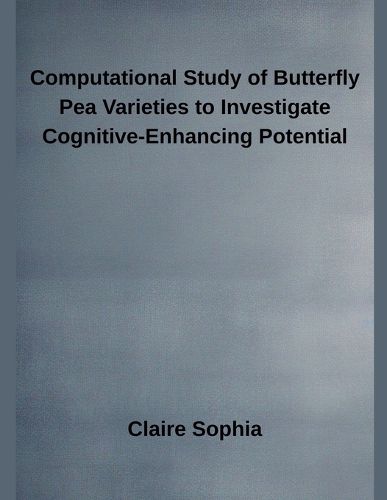Readings Newsletter
Become a Readings Member to make your shopping experience even easier.
Sign in or sign up for free!
You’re not far away from qualifying for FREE standard shipping within Australia
You’ve qualified for FREE standard shipping within Australia
The cart is loading…






This title is printed to order. This book may have been self-published. If so, we cannot guarantee the quality of the content. In the main most books will have gone through the editing process however some may not. We therefore suggest that you be aware of this before ordering this book. If in doubt check either the author or publisher’s details as we are unable to accept any returns unless they are faulty. Please contact us if you have any questions.
Being a storehouse of therapeutic compounds, plants play a remarkable role in traditional medicine systems. Prevention of many diseases has been associated with the ingestion of plant-based natural antioxidants on account of their protective role. Regular intake of such compounds is associated with a low risk of mortality from different diseases. Phenolic compounds, enzymes, proteins, and vitamins play a major role in prevention of many diseases. However, among all these protective agents, phenolic compounds are of much biological interest. They interfere with various oxidation processes by reacting with free radicals and chelating catalytic metals. Acting as oxygen scavengers, they prevent auto-oxidation of lipids. Natural antioxidants like vitamins C and E, carotenoids and polyphenols like flavonoids are some other noteworthy components involved in prevention of diseases. The emergence of pathogenic microorganisms that are resistant to major classes of antibiotics due to the indiscriminate use of synthetic antimicrobial drugs is an alarming concern. Besides this, high cost and adverse side effects of synthetic antibiotics are the major burning global issues. On one side pharmacological industries are coming out with a number of commercial antibiotics from time to time, but on the other side resistance of pathogens towards these drugs too is being increased at high rate. Thus, there is an urgent and continuous need for exploration and development of cheap, effective plant-based new drugs with better bioactive potentiality and least side effects. Accordingly, several attempts are continuously being made to discover biologically active compounds from the rich diversity of our plant wealth.
$9.00 standard shipping within Australia
FREE standard shipping within Australia for orders over $100.00
Express & International shipping calculated at checkout
This title is printed to order. This book may have been self-published. If so, we cannot guarantee the quality of the content. In the main most books will have gone through the editing process however some may not. We therefore suggest that you be aware of this before ordering this book. If in doubt check either the author or publisher’s details as we are unable to accept any returns unless they are faulty. Please contact us if you have any questions.
Being a storehouse of therapeutic compounds, plants play a remarkable role in traditional medicine systems. Prevention of many diseases has been associated with the ingestion of plant-based natural antioxidants on account of their protective role. Regular intake of such compounds is associated with a low risk of mortality from different diseases. Phenolic compounds, enzymes, proteins, and vitamins play a major role in prevention of many diseases. However, among all these protective agents, phenolic compounds are of much biological interest. They interfere with various oxidation processes by reacting with free radicals and chelating catalytic metals. Acting as oxygen scavengers, they prevent auto-oxidation of lipids. Natural antioxidants like vitamins C and E, carotenoids and polyphenols like flavonoids are some other noteworthy components involved in prevention of diseases. The emergence of pathogenic microorganisms that are resistant to major classes of antibiotics due to the indiscriminate use of synthetic antimicrobial drugs is an alarming concern. Besides this, high cost and adverse side effects of synthetic antibiotics are the major burning global issues. On one side pharmacological industries are coming out with a number of commercial antibiotics from time to time, but on the other side resistance of pathogens towards these drugs too is being increased at high rate. Thus, there is an urgent and continuous need for exploration and development of cheap, effective plant-based new drugs with better bioactive potentiality and least side effects. Accordingly, several attempts are continuously being made to discover biologically active compounds from the rich diversity of our plant wealth.